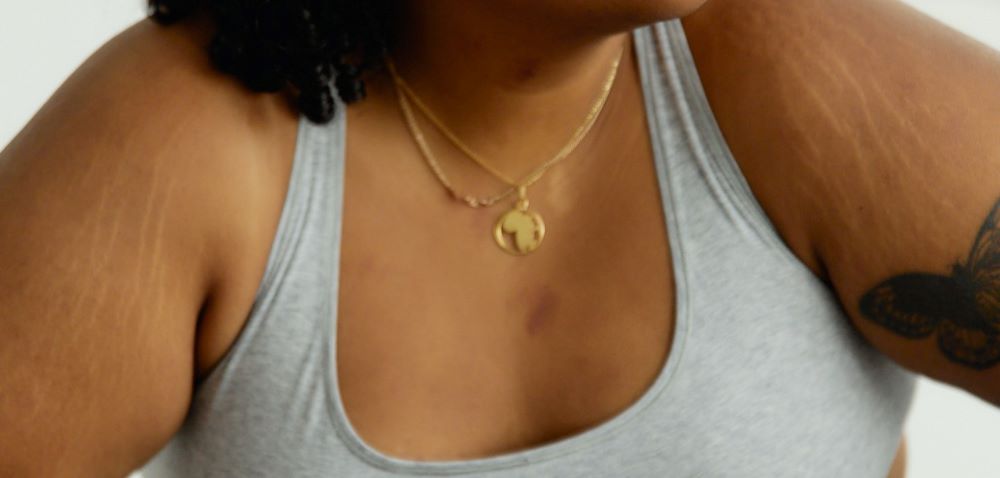Stretch marks, scientifically known as striae distensae, are a common dermatological concern affecting people of various age groups and both genders. These indented streaks on the skin can cause significant distress, leading many individuals to seek effective treatments.
What are Stretch Marks – Scientific Term: Striae Distensae
Stretch marks, often referred to by their scientific name, striae distensae, are a type of scarring that develops when the skin is stretched or rapidly distended. The term “striae” originates from the Latin word “stria,” which means “furrow” or “groove.” Distensae, on the other hand, refers to the stretching or enlargement of the skin. Together, these terms accurately describe the characteristic appearance and underlying cause of stretch marks.
Causes of Stretch Marks
- Rapid Growth and Weight Changes: One of the primary causes of stretch marks is rapid growth or weight fluctuations. During periods of accelerated growth, such as puberty or pregnancy, the skin stretches to accommodate the body’s changes. The rapid expansion exceeds the skin’s elasticity, leading to the formation of stretch marks.
- Pregnancy: Stretch marks are commonly associated with pregnancy due to hormonal changes and the rapid growth of the abdomen. As the baby develops and the belly expands, the skin is subjected to significant stretching, resulting in stretch marks around the abdominal area.
- Genetics: Genetic factors also play a role in determining an individual’s susceptibility to developing stretch marks. Some people have naturally less elastic skin, making them more prone to these marks, while others may have genetic variations that affect collagen and elastin production, further increasing their risk.
- Corticosteroid Use: The prolonged and excessive use of corticosteroid medications can lead to the thinning of the skin and the development of stretch marks. These medications, when applied topically or taken orally in high doses, disrupt the normal collagen and elastin synthesis processes, reducing skin elasticity.
Treatment Options for Stretch Marks
While stretch marks cannot be completely eliminated, several treatment options can help improve their appearance:
- Topical Creams and Lotions: Numerous over-the-counter creams and lotions contain ingredients like retinoids, hyaluronic acid, and vitamin E, which can help improve the appearance of stretch marks. These products moisturize the skin, enhance collagen production, and promote healing.
- Laser Therapy: Laser treatments, such as fractional laser therapy and pulsed dye laser therapy, can stimulate collagen production and reduce the redness associated with fresh stretch marks. These non-invasive procedures promote skin remodeling and can lead to a noticeable reduction in the appearance of stretch marks.
- Microneedling: Microneedling involves creating tiny punctures in the skin using a specialized device. This process stimulates collagen production and triggers the skin’s natural healing response. Over time, microneedling can lead to improved skin texture and reduced visibility of stretch marks.
- Chemical Peels: Chemical peels involve applying a chemical solution to the skin, causing the outer layers to peel off and promoting the growth of new, healthy skin. Superficial chemical peels can help improve the appearance of stretch marks by promoting cell turnover and collagen production.
